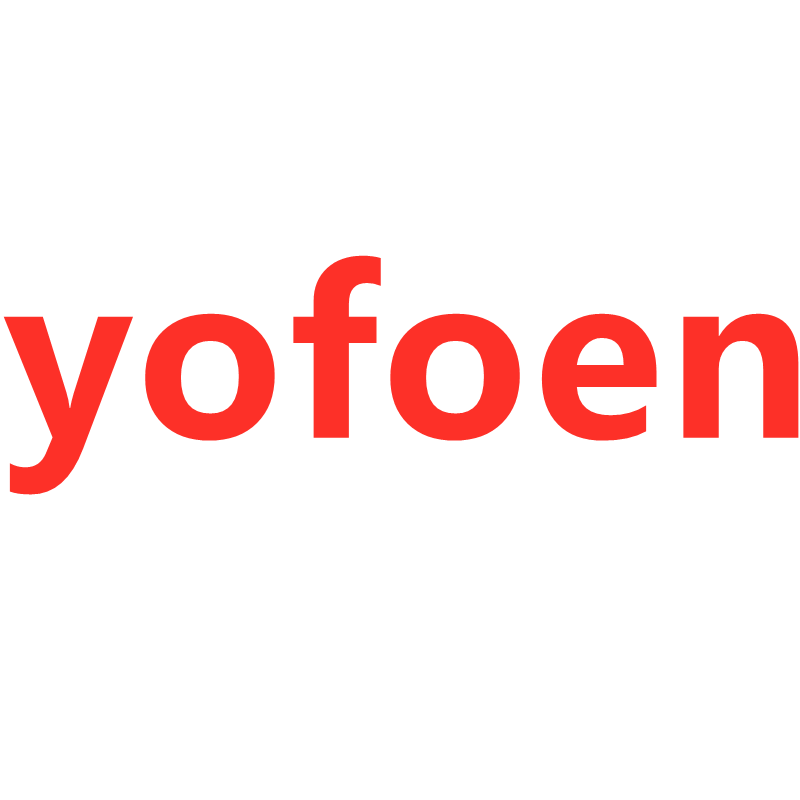The selection of surface machining methods for CNC machined parts primarily depends on the technical requirements of the machined surfaces. However, it should be noted that these technical requirements are not necessarily the same as those specified in the part drawings; sometimes, they may be higher in certain aspects due to process reasons. For example, machining requirements for certain CNC machined surfaces may be increased due to datum misalignment, or higher machining requirements may be imposed because they serve as precision datums.
Once the technical requirements for each CNC machined surface are clarified, the final machining method that can meet these requirements can be selected accordingly, and the number of operations as well as the machining methods for each operation can be determined. The selected machining methods for CNC machined parts should meet the part quality, good machining economy, and high production efficiency requirements. To achieve this, the following factors should be considered when selecting machining methods:
1. Any CNC machining method can achieve a fairly wide range of machining accuracy and surface roughness, but only a relatively narrow range within this is economical. This range of machining accuracy is referred to as the economical machining accuracy. Therefore, when selecting a machining method, the corresponding method that can achieve economical machining accuracy should be chosen.
2. Consider the properties of the CNC machined part material.
3. Consider the structural shape and size of the CNC machined part.
4. Consider productivity and economic requirements. In mass production, high-efficiency advanced processes should be adopted. It may even be possible to fundamentally change the manufacturing method of the blank, thereby reducing the labor required for machining.
5. Consider the existing equipment and technical conditions of the factory or workshop. When selecting machining methods, full use should be made of existing equipment, tapping the potential of the enterprise, and leveraging the enthusiasm and creativity of the workers. However, continuous improvement of existing machining methods and equipment, adoption of new technologies, and enhancement of process levels should also be considered.
